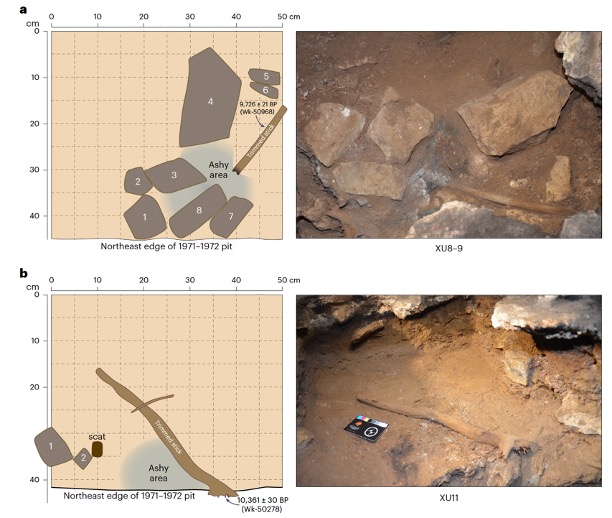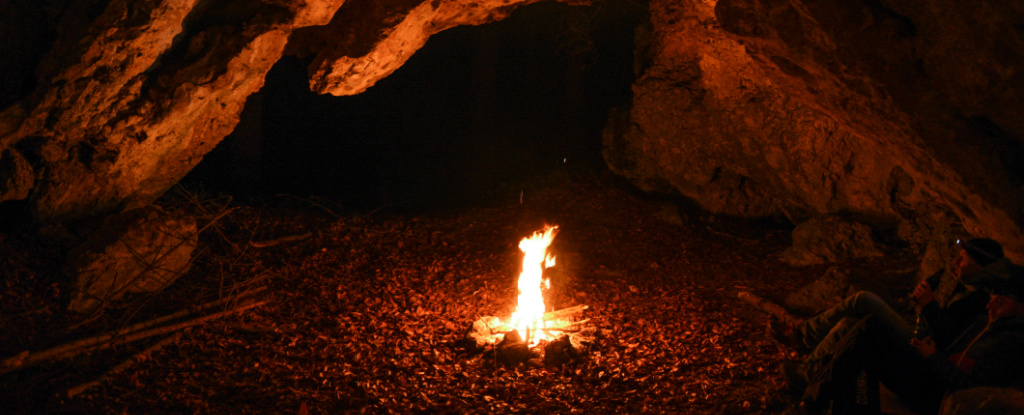In the charcoal remains of a smoldering woodpile more than 10,000 years ago, archaeologists have found evidence of what may be the longest-running ritual practiced by Indigenous Australians, spanning generations from the end of the last ice age to the present day. The ancestral lands of the GunaiKurnai Aboriginal people lie in the foothills of the Australian Alps, a mountain range dotted with craggy cliffs and limestone caves in southeastern Australia that extends southwest to the Victorian coast.
These caves were not used as shelter by the Gunai Kurnai people but as secluded places for practitioners of magic. Mulla Mullung Ethnographers documented these practices in the 1800s, but archaeologists studying the caves in the 1970s missed them because the magical rituals did not fit their largely secular interpretations of the caves as places for cooking and sleeping.
Now a team of archaeologists working with the GunaiKurnai people has excavated and described two miniature fireplaces surrounded by limestone boulders, each containing a single piece of wood. Casuarinacleared of side branches and lubricated with fatty tissue.
Ethnographic records from Australia in the 19th century describe these rituals being performed in caves by a respected “healer”, away from the rest of society. Some European accounts describe the role as someone who “enchants” or “cures from a spell”, describing objects cut or woven from the intended victim, tied to a piece of wood, and briefly burned in human or animal fat.
Monash University archaeologist Bruno David, Gunai Kurnai elder Russell Mallett and colleagues found evidence of this practice deep within Cloggs Cave.
The fireplaces inside the cave were quickly buried shortly after their last use, and the deposits are thought to date back to about 10,000 to 12,000 years ago, around the end of the last ice age and the beginning of our current geological epoch, the Holocene. The two fireplaces are almost identical, but the team’s dating suggests they were built and used 1,000 years apart.

Excavated in 2020 with the permission and assistance of Gunai Kurnai Aboriginal elders, the fireplaces and wooden tools, which would collapse if exposed, had been hidden from view for thousands of years.
This rules out the possibility that abandoned remnants of the ritual could not have been seen and copied by naive newcomers to the cave, and supports the claim that the traditions of the GunaiKurnai people have been passed down orally for at least 10,000 years.
“A number of factors contribute to survival [камінів]”These findings provide unique insight into the persistence of Gunai Kurnai narrative traditions,” David and colleagues write in their published paper. “These findings are not about the memory of ancient practices, but rather the transmission of knowledge from one generation to the next, virtually unchanged, over the course of nearly 500 generations.”
After centuries of colonial dispossession and liberation, archaeologists (and other scientists) are beginning to learn from and work more respectfully with Australia’s First Peoples, integrating their traditional knowledge with scientific analysis to enrich and strengthen their findings. These analyses, often involving genetic history, are confirming what Indigenous peoples have known all along and continue to claim through oral tradition: that they maintain a deep connection to their ancestral lands.
In Australia in particular, researchers have compared ancient creation stories that claim that the ancestors of the Gundijmara people were born as a result of volcanic eruptions with geological records of the same events.
Similarly, oral traditions of the Palawa people of Tasmania tell of rising seas flooding the land bridge connecting the island to the Australian mainland around 12,000 years ago, and of the constellations that lit up the night sky at that time.
This new study, involving the GunaiKurnai people, is a bit different in that the team explored the delicate remnants of surviving ritual practices alongside oral traditions. The study was published on: Nature Human Behavior.
Source: Port Altele
